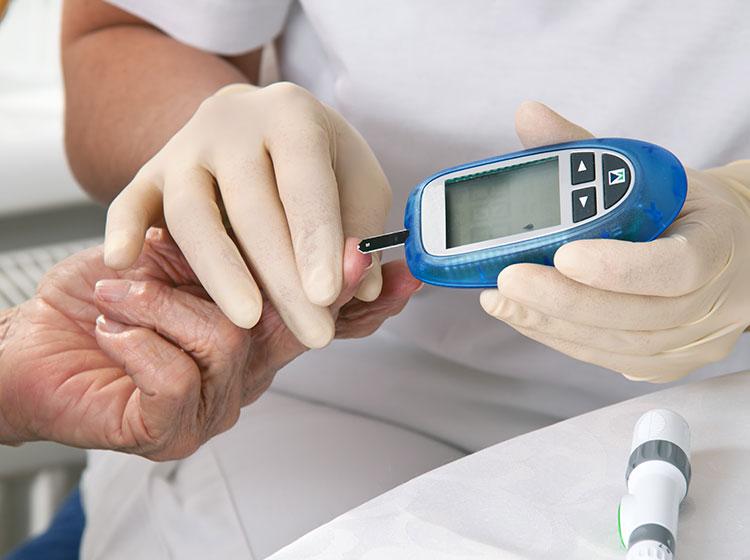The JDRF is the largest nonprofit in the world that funds type 1 diabetes studies to cure, treat, and prevent the disease.
Diabetes treatment – JDRF, which has autonomous operations in nine nations, including the US and the UK, joins forces as an international organization to support the most significant research conducted anywhere globally.
JDRF has made a one-billion-dollar global investment to support vital research that will enhance the lives of people with type 1 diabetes.
The JDRF has registered as a nonprofit organization with the charitable council in Wales and England and is doing business there. Over £600 million have been raised by the JDRF network worldwide.
Diabetes treatment
Insulin: Several different insulins are used to treat Type 1 diabetes. To determine the best insulin therapy for the individual, individuals who have T1D must collaborate extensively with their healthcare providers.
Syringes, pens, pumps, and innovative artificial pancreas devices can all be used to administer insulin. Injections might be required more than once daily, albeit the manner, frequency, and kind of insulin dose vary depending on the individual instance.
Metformin: The kind 2 diabetes (T2D) medicine metformin is occasionally administered to patients with Type 1 diabetes to treat the condition in conjunction with insulin, eating habits, and exercise. Metformin aids in maintaining healthy levels of blood glucose and hepatic sugar metabolism.
Teplizumab: A new type 1 diabetes beneficial medication is the most intriguing development coming up. Teplizumab is an immunotherapy medication submitted for clearance by the US Food and Drug Administration (FDA).
Since this medication’s clinical trials began, JDRF has constantly provided funding. Teplizumab has been demonstrated in ground-breaking clinical trials supported by JDRF to postpone diabetes type 1 for three years. It was the initial type 1 diabetes therapeutic medication since it specifically addresses the immunological onslaught that results in the illness.
Taking blood sugar readings
You might have to monitor and document your glucose levels at least 4 times daily, according to the insulin treatment you choose or require. Before consuming food or snacks, before night, before exercising or operating heavy machinery, and whenever you suspect having a sugar problem, the American Diabetes Association advises monitoring your blood sugar levels.
Careful surveillance is the sole means to guarantee that the glucose level in your blood stays within your desired range. A1C levels can be reduced with more regular testing. Blood sugar levels might alter even if you utilize insulin and follow a rigorous diet.
Diabetes problems might impair your ability to function or put your life in danger. Blood vessels & coronary artery disease. Diabetes raises the likelihood of some cardiac and blood vessel issues. These include excessive blood pressure, a cardiac event, a blocked coronary artery causing chest discomfort (angina), and arterial constriction (atherosclerosis).
Injury to the nerves (neuropathy). The linings of the small blood arteries (capillaries) that supply the nerves can get damaged if there is excessive sugar in the circulatory system. In the area of the legs, it’s particularly true.
Tingling, feeling numb, burning, or discomfort may result from this. This often spreads upward from the ends of the feet or hands. In the long run, having poorly managed blood sugar may lead you to experience a loss of all sensation in the afflicted limbs.

